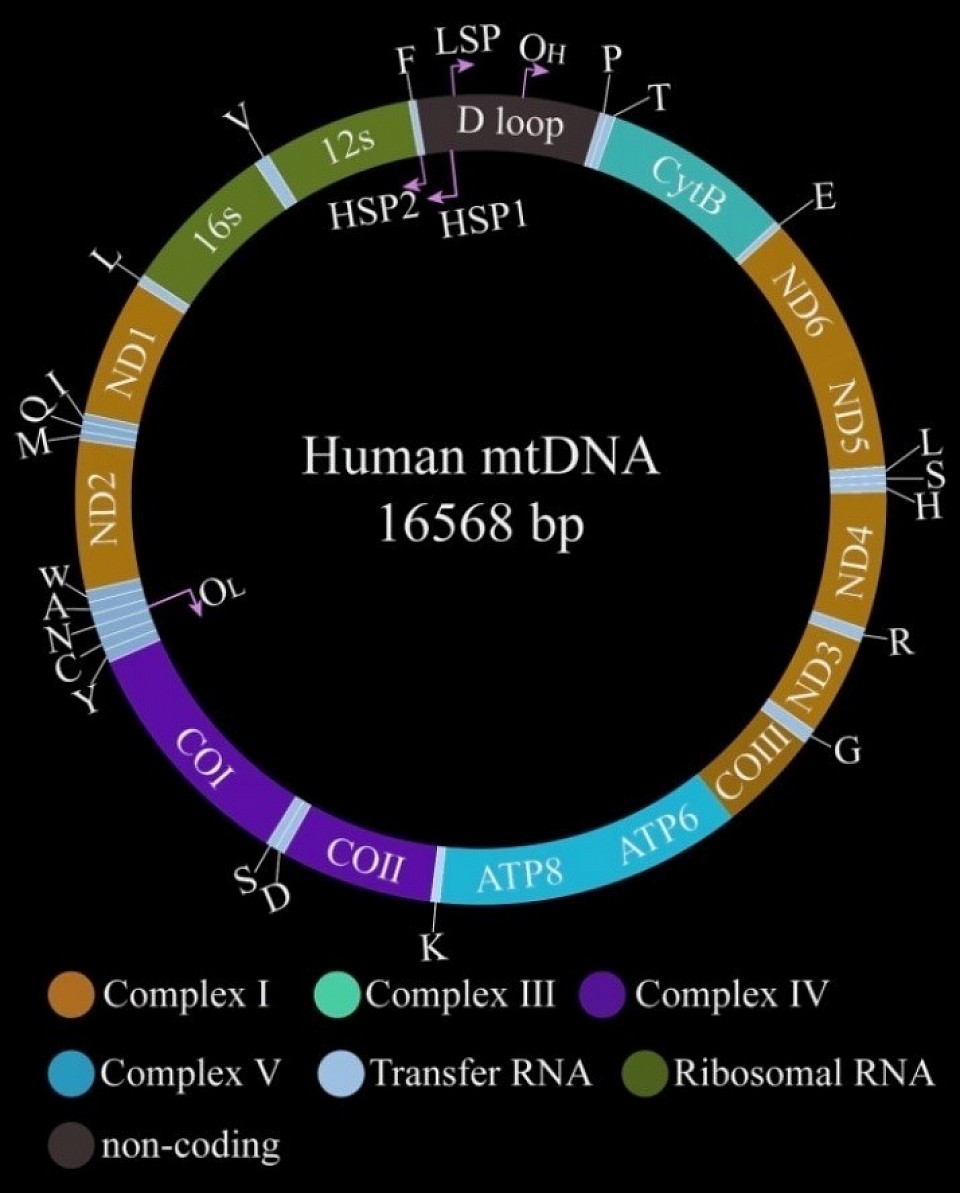-ˋˏ ༻ 13 ༺ ˎˊ-
━━━━━━━•°•°•❈•°•°•━━━━━━━
⟁
The Second Alternate Reality
𖤓
The Science Being Used
The science being used and its purpose
━━━━━━━•°•°•❈•°•°•━━━━━━━
⟁
Characters
What stays with the personality of the people is the side of Laminae
The other aspect of their personality slowly changes as they assimilate into a new world
━━━━━━━•°•°•❈•°•°•━━━━━━━
⟁
The Social Climate
What are the nations or kingdoms and how do the people react to them?
1
The first circle
2
The second circle
3
The third circle
4
The fourth circle
5
The fifth circle
6
The sixth circle
7
The seventh circle
Page:1 - 2

